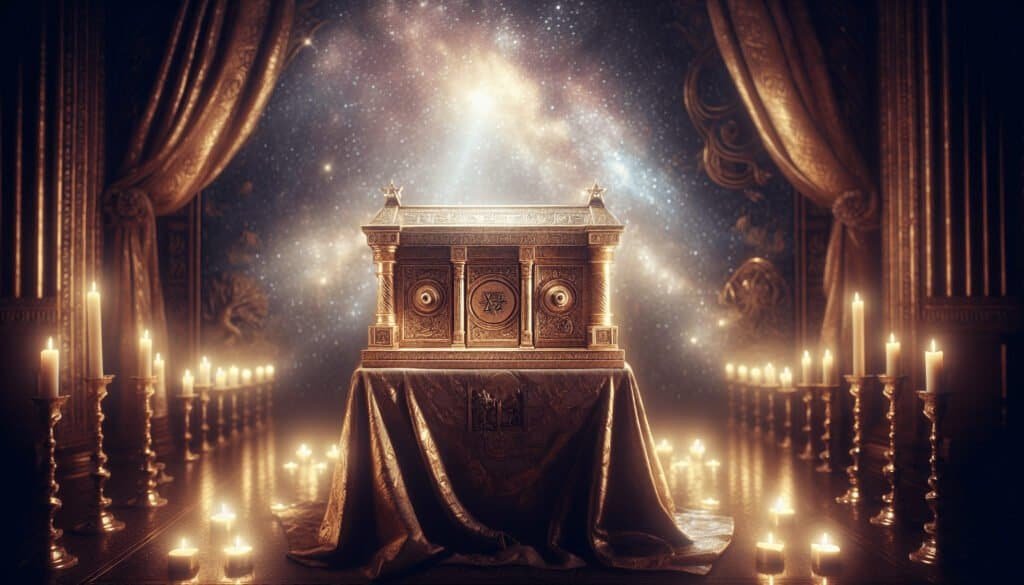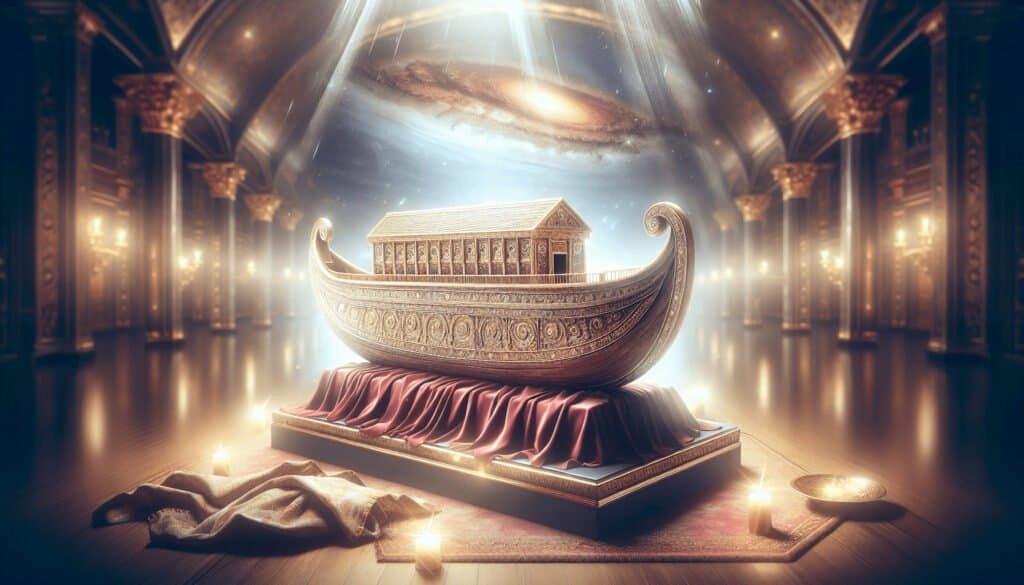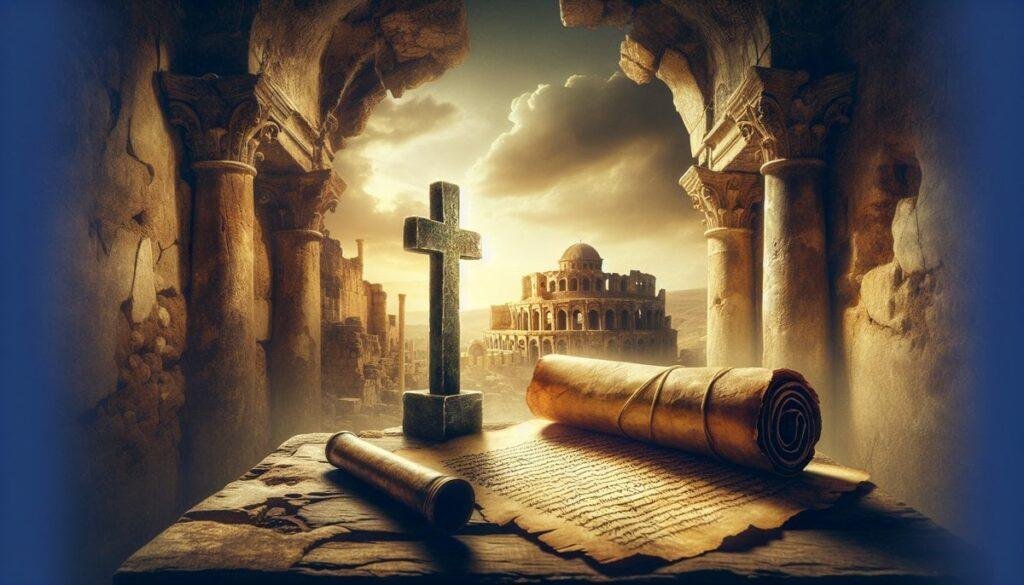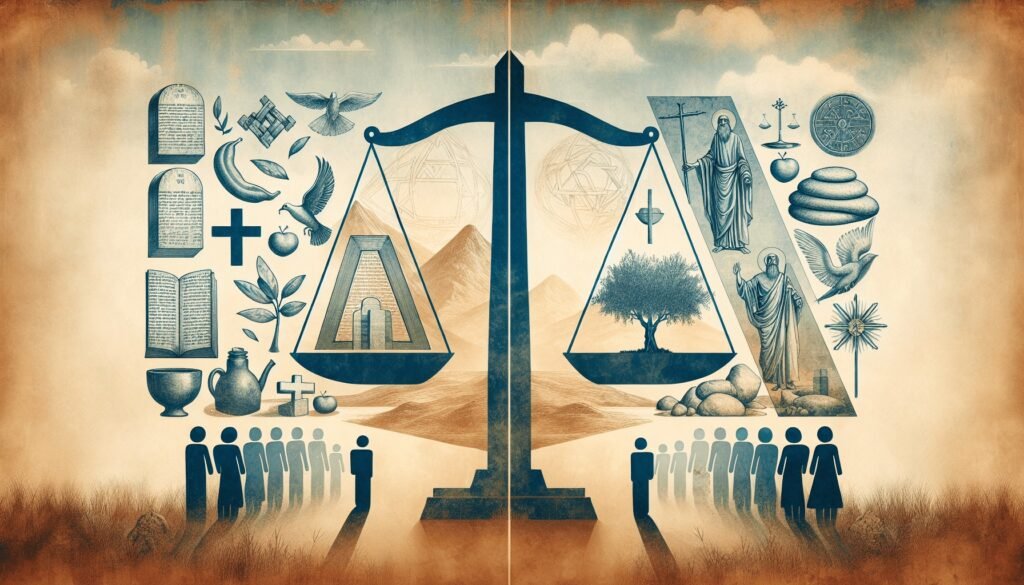Have you ever pondered the role of symbols in shaping our understanding of power, faith, and victory? Among the most captivating symbols in history is the Ark of the Covenant. It represents not just a religious artifact but a tangible link between the divine and the earthly realm. The Ark became a beacon of hope, especially during tumultuous times, notably in pre-battle ceremonies of ancient Israel.

The Ark of the Covenant: An Overview
The Ark of the Covenant holds significant cultural and spiritual weight within the Judeo-Christian tradition. Constructed according to divine specifications outlined in the Book of Exodus, the Ark was a wooden chest overlaid with gold, containing the tablets of the Ten Commandments, Aaron’s rod, and manna. Its design was not mere artistry; every detail played a crucial role in its spiritual symbolism.
Historical Significance
Historically, the Ark has captivated historians, archaeologists, and theologians alike. Ancient texts describe various events where the Ark played a pivotal role. Its tangible presence during key moments displayed not only divine favor but also served to embolden the faith of the people. Whether standing firm on the battlefield or being carried into battle itself, the Ark’s symbolism stretched across generations.
The Role of the Ark in Pre-Battle Ceremonies
You may wonder, how exactly did the Ark fit into the rituals preceding battles? In ancient Israel, pre-battle ceremonies were not just about physical preparations; they encompassed spiritual readiness as well. The Ark often became a centerpiece, symbolizing the warriors’ trust in divine assistance.
Spiritual Preparation
Before any confrontation, armies would engage in a form of spiritual cleansing and preparation. The presence of the Ark during these rituals reinforced their covenant with Yahweh. This act of seeking divine favor is echoed in numerous instances within biblical texts.
Processions and Praises
The traditions involved processions, chants, and prayers directed toward God. In the biblical narrative, such processions provide insight into the culture of ancient Israel. The Ark would be dramatically carried into battle, often preceding the warriors as a declaration that they were not just fighting for survival but also under divine ordination.

Archaeological Context: The Ark’s Place in History
To understand the significance of the Ark during pre-battle ceremonies, we can’t overlook archaeological findings and historical records that offer insights into its role in ancient warfare.
Key Archaeological Discoveries
Several archaeological sites provide context about the Ark. From the Tabernacle in the wilderness to its reported resting place in Shiloh, each discovery has added layers to our understanding. For instance, excavations at these sites have uncovered ancient artifacts that align with descriptions of the Ark found in the scriptures.
Biblical Accounts
Scriptural references throughout the Old Testament offer an additional lens. The story of Joshua’s conquest of Jericho is a classic example where the Ark’s presence was fundamental. The Israelites marched around the city, and it was the sound of the horns near the Ark that signaled the wall’s collapse, illustrating how intertwined the Ark was with notions of victory.
Theological Implications of the Ark
Transitioning from the historical to the theological offers rich avenues for understanding the Ark’s significance. Its role transcended that of a physical object; it served as an embodiment of the covenant relationship between God and His people.
Divine Presence
The Ark was believed to be the earthly dwelling place of God’s presence. This divine association meant that in moments of uncertainty, the people could look to the Ark for reassurance. Perceptions of God’s favor often hinged on the Ark’s involvement in battles, leading many to liken its presence to divine intervention.
Symbol of Trust
The relationship people had with the Ark can be seen as a symbol of trust. In taking the Ark into battle, soldiers manifested their reliance on God. It was not merely the strategy of the general that would deliver victory but the covenant they shared with God through the Ark.
Cultural Dynamics: The Ark Across Societies
You might be surprised to learn that the Ark’s influence extended beyond the Israelites. Various cultures have drawn parallels with their own symbols of power and divine favor.
Cross-Cultural Comparisons
Many ancient cultures held sacred objects that symbolized divine connection. Take, for instance, the Sumerians’ worship of Ziggurats, which served as a bridge between gods and humans. The parallels between the Ark and such artifacts highlight a universal quest for understanding divine support in times of conflict.
Legacy and Symbolism Today
In modern society, symbols of hope and divine favor continue to play roles in conflicts. Whether it’s in religious ceremonies or rallies, people often carry symbols that reflect their beliefs and convictions. The Ark serves as a reminder of how deeply entrenched the desire for divine endorsement is in human history.
Modern Perspectives: The Ark in Today’s Context
Reflecting on the Ark’s historical significance prompts the question: how does this ancient symbol resonate in today’s world?
Psychological Implications
The symbolism of the Ark might be layered with new meanings today, representing not just divine approval but also communal identity and resilience in the face of trials. The stories surrounding the Ark can resonate with modern individuals facing their struggles, serving as motivation.
The Ark in Art and Literature
The Ark has influenced art and literature throughout the ages. It’s not uncommon for you to encounter references to the Ark in various narratives or artistic expressions that draw on its rich history. These references often evoke themes of triumph, divine intervention, and hope during adversity.
Summary: The Enduring Power of the Ark
In wrapping things up, it’s clear that the Ark of the Covenant served as a vital symbol of divine triumph and human faith in ancient Israel. From its intricate designs and biblical accounts to the profound spiritual and communal significance it held, the Ark remains a powerful reminder of humanity’s quest for connection with the divine.
Reflecting on the role of the Ark during pre-battle ceremonies highlights how deeply intertwined faith and conflict can be. Understanding this interplay can enhance our appreciation for both the stories of the past and their persistent relevance in our lives today. The Ark, as a symbol, transcends time and continues to inspire narratives of hope, resilience, and divine favor across cultures.
As you ponder the historical and theological dimensions of the Ark, consider how its legacy continues to shape our human experience, pushing you to reflect on your own symbols of faith and community in the modern world.


